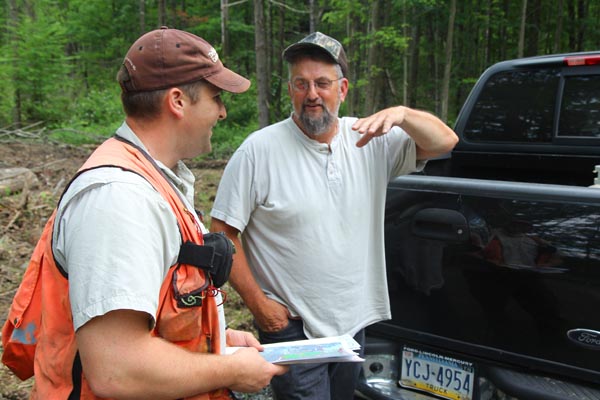 Wildlife professionals with expertise in deer ecology and management can be found in government agencies, universities, or nongovernmental organizations. Communities often consult with several different wildlife professionals, who fulfill different roles, as a community moves through the phases of CBDM. Initially they may consult with such professionals to learn how deer are affecting people, other wildlife, and the natural environment. Later on they may consult with wildlife professionals to clarify the pros and cons of various deer management actions. If a community selects management actions that require state permits (e.g., deer reproductive control, special hunting seasons), those communities work with professionals in their respective state wildlife agency to obtain such permits. Communities may even collaborate with wildlife professionals to evaluate program outcomes. Wildlife professionals:
Wildlife professionals with expertise in deer ecology and management can be found in government agencies, universities, or nongovernmental organizations. Communities often consult with several different wildlife professionals, who fulfill different roles, as a community moves through the phases of CBDM. Initially they may consult with such professionals to learn how deer are affecting people, other wildlife, and the natural environment. Later on they may consult with wildlife professionals to clarify the pros and cons of various deer management actions. If a community selects management actions that require state permits (e.g., deer reproductive control, special hunting seasons), those communities work with professionals in their respective state wildlife agency to obtain such permits. Communities may even collaborate with wildlife professionals to evaluate program outcomes. Wildlife professionals:
- help create a shared knowledge base about deer-related impacts in the community and actions communities might take to manage those impacts
- help the community understand and navigate the regulatory system for deer management
- help the community think through the technical aspects of program implementation and evaluation


